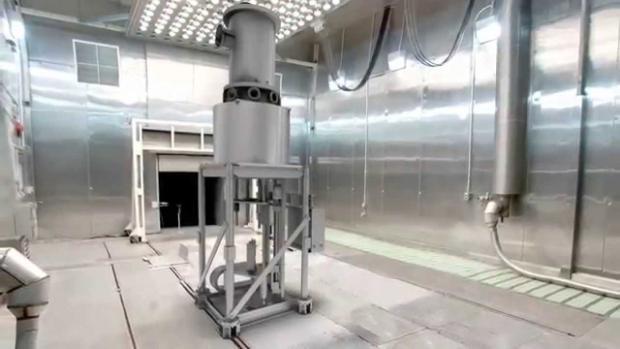
Breaking News
6.5x55 Swedish vs. 6.5 Creedmoor: The New 6.5mm Hotness
Best 7mm PRC Ammo: Hunting and Long-Distance Target Shooting
 Christmas Truce of 1914, World War I - For Sharing, For Peace
Christmas Truce of 1914, World War I - For Sharing, For Peace
Top Tech News
 EngineAI T800: Born to Disrupt! #EngineAI #robotics #newtechnology #newproduct
EngineAI T800: Born to Disrupt! #EngineAI #robotics #newtechnology #newproduct
 This Silicon Anode Breakthrough Could Mark A Turning Point For EV Batteries [Update]
This Silicon Anode Breakthrough Could Mark A Turning Point For EV Batteries [Update]
 Travel gadget promises to dry and iron your clothes – totally hands-free
Travel gadget promises to dry and iron your clothes – totally hands-free
 Perfect Aircrete, Kitchen Ingredients.
Perfect Aircrete, Kitchen Ingredients.
 Futuristic pixel-raising display lets you feel what's onscreen
Futuristic pixel-raising display lets you feel what's onscreen
 Cutting-Edge Facility Generates Pure Water and Hydrogen Fuel from Seawater for Mere Pennies
Cutting-Edge Facility Generates Pure Water and Hydrogen Fuel from Seawater for Mere Pennies
 This tiny dev board is packed with features for ambitious makers
This tiny dev board is packed with features for ambitious makers
 Scientists Discover Gel to Regrow Tooth Enamel
Scientists Discover Gel to Regrow Tooth Enamel
 Vitamin C and Dandelion Root Killing Cancer Cells -- as Former CDC Director Calls for COVID-19...
Vitamin C and Dandelion Root Killing Cancer Cells -- as Former CDC Director Calls for COVID-19...
 Galactic Brain: US firm plans space-based data centers, power grid to challenge China
Galactic Brain: US firm plans space-based data centers, power grid to challenge China
NASA will test simple nuclear power system which will be in the 1 to 10 kilowatt power range

NASA Game Changing Development program backed Kilopower, with the goal of building and testing a small fission reactor by Sept. 30, 2017, the end of the current fiscal year. The project is costing about $15 million.
The test reactor, which is about 6.5 feet tall (1.9 meters), is designed to produce up to 1 kilowatt of electric power, but to keep costs down, the test unit does not include a full array of Stirling engines to convert energy generated by the fission process into heat. Thermal simulators will be used for the balance of the engines to verify the reactor's power output
NASA recently completed a feasibility study for small fission power systems (FPS). As NASA is seeking game changing technologies to transform the nation's space mission capabilities, small FPS could reduce NASA's dependence on plutonium. A small kilowatt-class FPS could enable future flagship science missions and exploration precursor missions that may not otherwise be possible.

 The State's Last Stand
The State's Last Stand


